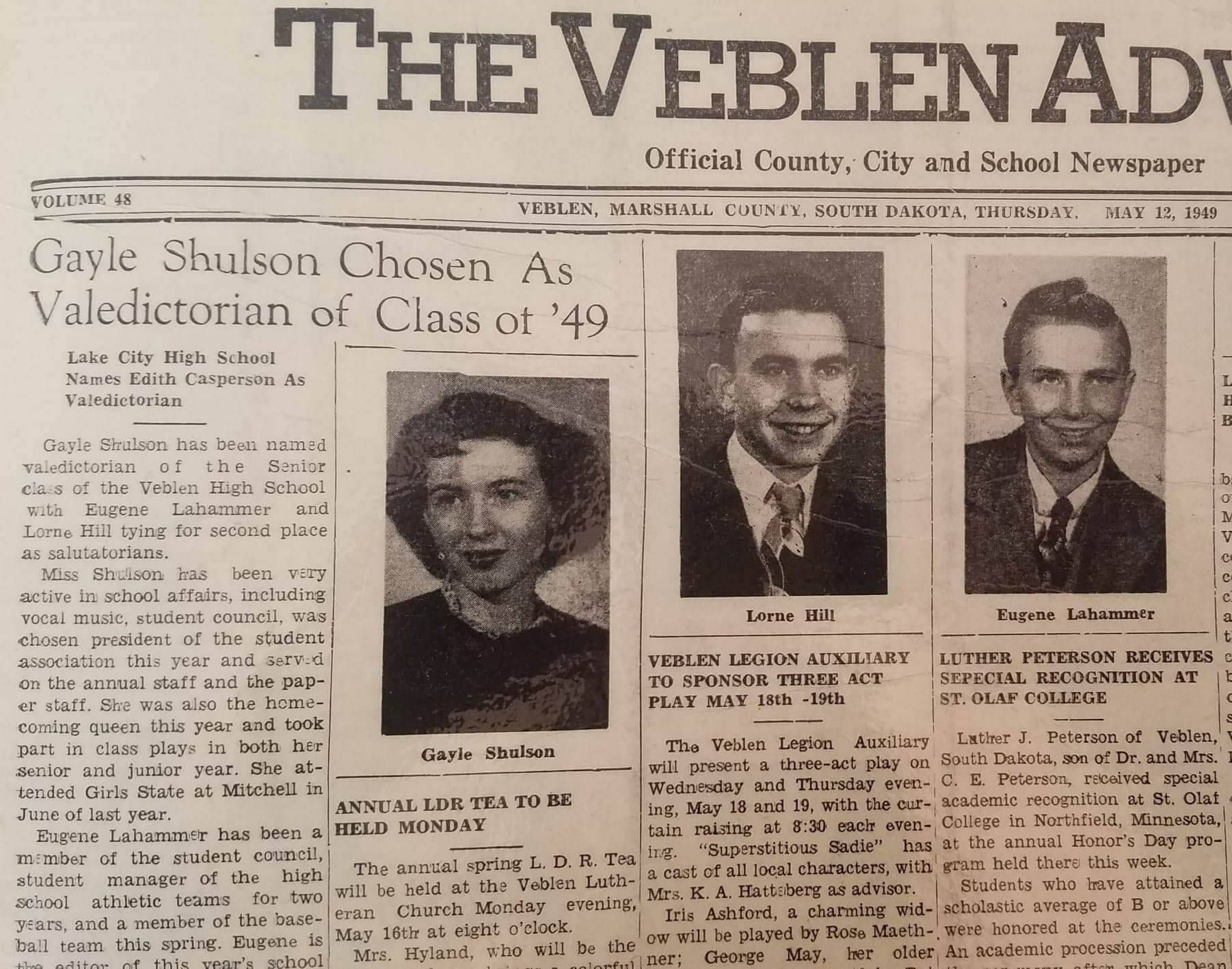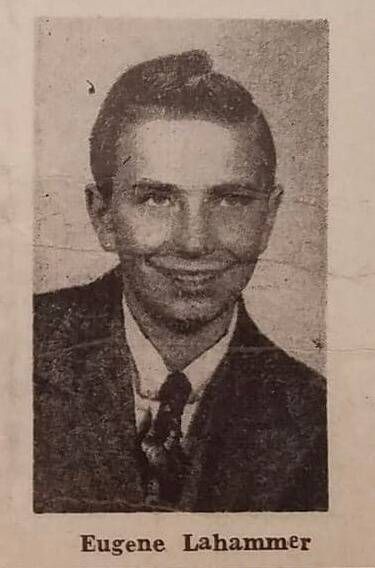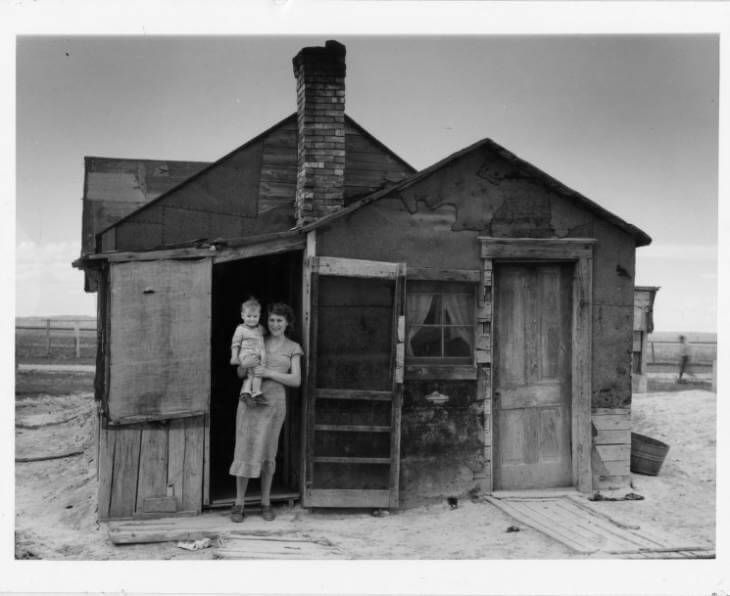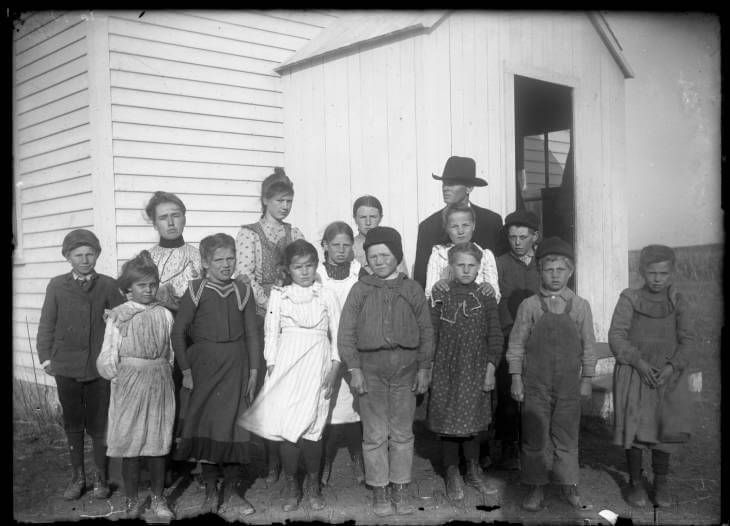Gene's American Dream: Poverty & Perseverance
Reporter Mary Lahammer shares stories of her father's fascinating life.

Mary Lahammer is a longtime political reporter for Twin Cities PBS. She followed in her father's footsteps at the Minnesota State Capitol, where he was known as a legendary reporter after 34 years with the Associated Press. At 85 years old, he agreed to share his life story with his youngest daughter.

Eugene Lahammer's life is laced with a stream of notable events - but the first one to take his world by storm involved the foreclosure of his family farm during the Great Depression. He was just a year old when the family farm was auctioned off in South Dakota. Poverty was his reality. In those lean years, he never imagined that, one day, he would go on to create what would be called a dynasty.

While Eugene didn't like farm work, he often buried his nose in books. He read every book in the school library, including the encyclopedias - and that foundation made him realize that his mind could transport him. The descendent of Norwegian immigrants, his grandmother never spoke a word of English. But one day, he would use his gift with words to change his life and generations to come.

The Veblen, South Dakota newspaper noted his academic achievements. He tied for second place as salutatorian of his high school class - he was only 16 years old at graduation. Lahammer served as editor of the school paper and as a member of the student council; He played on the baseball team and managed other sports teams. Maybe because he was young and small, he was teased and bullied. But he was smart and knew how to make friends. Bob Larson, the star athlete at school, sat behind Eugene in class during test taking, and the young scholar would get a gentle nudge on his right side. In response, he would move over a few inches so Bob could copy enough answers to pass the test. "Much of the bullying stopped," says Lahammer, because Bob then became Eugene's defender.

After graduation, the family couldn't afford to send him to college yet. So Eugene worked on the farm, a role that made the bookish teen feel like an "indentured servant." At age 17, his twice-widowed paternal grandmother, who was on government assistance, gave him $80. Coupled with a small loan from his father, Eugene was finally able to finance his education at Northern State Teachers College in Aberdeen, South Dakota, where he received a provisional license to teach. The teenager taught all eight grades and all subjects in a rural one-room schoolhouse. In 1950, he purchased a '39 Chevrolet for $375, thanks to a bank loan. The commute was 12 miles, and he wanted to be far enough away from home, where people didn't know him. "I was just known as the smart kid," he recalls. Instead, he longed for a fresh start and the chance to carve out his own identity.

This is just the beginning. Stay tuned for further installments of Eugene Lahammer's life in the coming weeks, including the story of his top secret military service.
